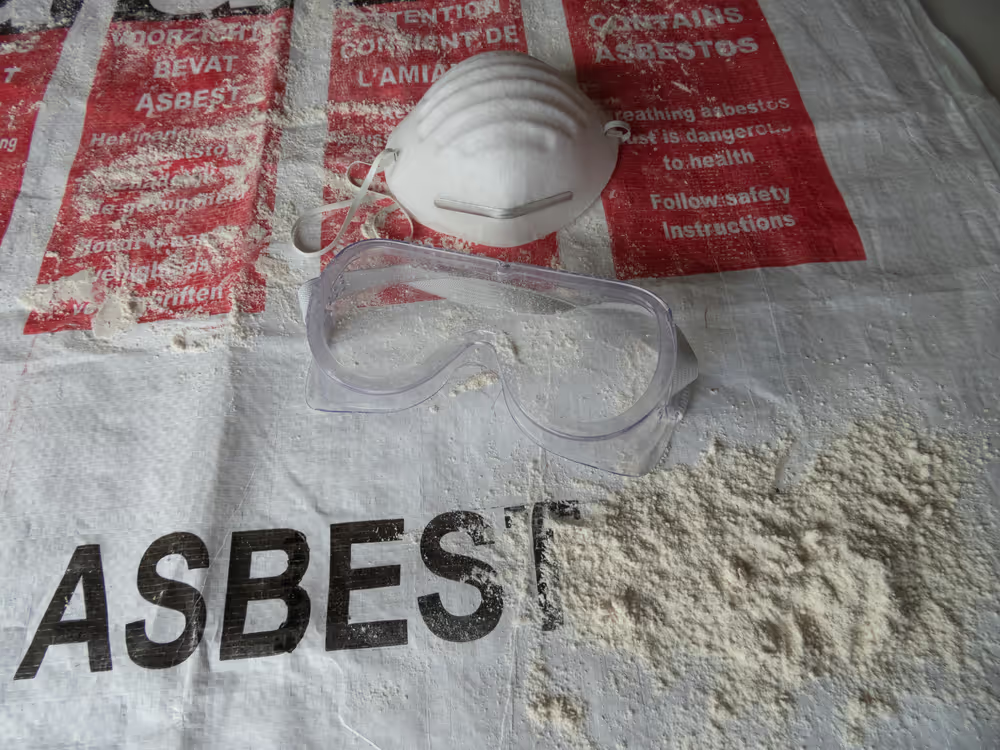
Residential asbestos testing is a crucial step in ensuring the safety of your home and the well-being of your loved ones. Asbestos, once a popular building material, is now known to pose serious health risks when its fibers become airborne. In this blog article, we will guide you through the process of residential asbestos testing, from understanding the need for testing to the various methods available.
Why Test for Asbestos?
Asbestos, commonly used in construction materials for its durability and fire-resistant properties, can be found in various parts of homes built before the 1980s. When these materials degrade or are disturbed during renovations or repairs, asbestos fibers can become airborne, posing a health hazard. Asbestos exposure is linked to respiratory diseases and even cancer, making it imperative to test for its presence in residential environments.
The Testing Process:
Identifying Potential Asbestos-Containing Materials (ACMs): We begin by identifying areas in your home where asbestos might be present. Common ACMs include insulation, roofing materials, floor tiles, and textured ceilings. Homes built before the 1980s are more likely to contain asbestos.
Sampling: We will carefully collect samples of suspected ACMs using specialized tools. These samples are then sealed in airtight containers to prevent the release of asbestos fibers during transportation.
Laboratory Analysis: The collected samples are sent to a certified laboratory for analysis. Trained technicians use advanced techniques, such as polarized light microscopy, to determine the presence and concentration of asbestos fibers in the samples.
Reporting and Interpretation: Once the laboratory analysis is complete, we provide a detailed report of the findings. This report includes information about the types and quantities of asbestos found, as well as recommendations for management or removal.
Risk Assessment: Based on the results, a risk assessment may be conducted to evaluate the potential health risks associated with the identified asbestos. This assessment helps determine the appropriate course of action, whether it be encapsulation, repair, or removal.
Remediation Planning: If asbestos removal is necessary, we will help develop a remediation plan. This plan outlines the steps and precautions needed to safely remove and dispose of asbestos-containing materials.
Residential asbestos testing is a crucial step in maintaining a healthy and safe living environment. By understanding the process and working with certified professionals, you can identify and address potential asbestos hazards in your home. Prioritizing the safety of your family and taking proactive measures to manage asbestos ensures peace of mind and contributes to a healthier living space.
Mold testing walkthrough typically includes:
1. An inspector will look at the home's interior and exterior for signs of mold, such as discoloration, odors, or moisture issues.
2. Mold samples will be taken using swabs, tape, or cassette by the inspector. Each kit requires a different type of sample. In some kits, swabbing is required, while in others, tape is required. For air sampling, the inspector will leave a cassette containing a growth medium inside for a specified amount of time. Samples are taken inside the property, as well as outside the property.
3. Samples will be sent to a laboratory for analysis by the inspector.




.jpg)

















